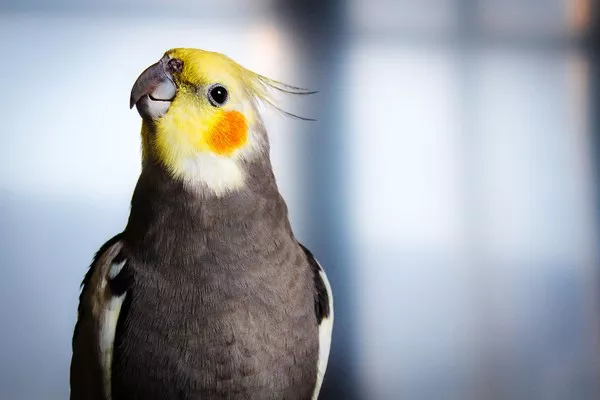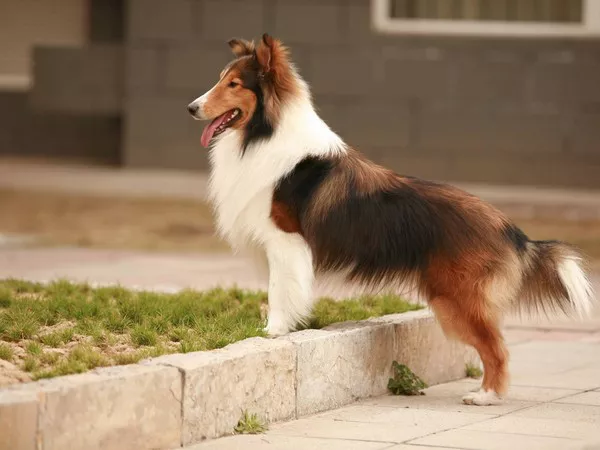Corn snakes (Pantherophis guttatus) are among the most popular pet snakes in the world, cherished for their docile nature, stunning color patterns, and manageable size. Native to the southeastern United States, these snakes are often seen slithering through the forests, fields, and grasslands of the region. In captivity, corn snakes can live for decades, and part of ensuring their health and well-being involves providing them with proper hydration. But how often do corn snakes need to drink water? In this article, we will explore the factors that influence their water intake, how to provide them with adequate hydration, and why water is so crucial to their overall health.
Understanding the Hydration Needs of Corn Snakes
Before diving into the specifics of how often corn snakes drink water, it’s important to understand the role of hydration in their health. Corn snakes, like all animals, need water for various physiological functions, including digestion, circulation, and temperature regulation. They do not drink water as frequently as mammals, but they still require regular access to clean water.
In the wild, corn snakes get most of their hydration from the prey they consume, such as rodents, frogs, and birds. These animals contain a high percentage of water, which is sufficient for the snake to stay hydrated. However, when kept in captivity, the situation changes. Since pet corn snakes are fed frozen or live rodents, they may not obtain as much water from their meals, and therefore, direct access to water becomes essential.
The Frequency of Drinking Water
So, how often do corn snakes actually drink water? The answer depends on several factors, including the snake’s age, activity level, environmental conditions, and diet. On average, corn snakes will drink water about once every few days, though some may drink more frequently, especially if the environment is dry or hot.
1. Age of the Corn Snake
Young corn snakes, particularly hatchlings and juveniles, tend to drink water more often than adults. This is because they are growing quickly and require more fluid to support their rapid metabolism. A juvenile corn snake may drink water every day or every other day. As the snake matures into adulthood, its metabolism slows down, and it may not require as much water.
Adult corn snakes, especially those that are healthy and well-fed, may go several days without drinking. They can go without drinking water for extended periods of time, sometimes up to a week or longer. However, it is important to remember that this does not mean they should be deprived of water for long stretches of time.
2. Activity Level
Just like with other animals, the activity level of a corn snake can affect how much water it needs. A snake that is more active or has a higher metabolism may drink more frequently. For example, if your corn snake is particularly active in exploring its enclosure, it may drink more often, especially if the humidity in its environment is low.
3. Environmental Conditions
Environmental factors, such as temperature and humidity, can have a significant impact on how often your corn snake will drink water. Corn snakes thrive in temperatures between 75°F to 85°F (24°C to 29°C), and they require a relative humidity level of 40% to 60%. If the humidity in the snake’s enclosure is too low, it can lead to dehydration, and the snake may drink more frequently to compensate for the lack of moisture in the air.
Conversely, if the humidity is too high, the snake may drink less often. It is essential to maintain the proper humidity levels in the enclosure, as this will not only affect the frequency of drinking but also impact the snake’s ability to shed its skin properly.
4. Dietary Habits
Diet plays a key role in hydration needs. Corn snakes are primarily carnivorous, and their diet consists mainly of rodents like mice and rats. The water content in these prey items can help maintain hydration. A freshly fed corn snake may not need to drink immediately after eating, especially if the meal was a particularly juicy rodent. However, after a few days without food, the snake may seek out water to replenish its fluids.
If your corn snake is fed dry or frozen prey, it may need to drink more often since there is less water content in these meals compared to live or fresh prey. Additionally, if your corn snake is fasting for any reason, such as during shedding or due to health issues, it may drink water more frequently to stay hydrated.
Signs That a Corn Snake May Be Dehydrated
As a pet owner, it is crucial to recognize the signs of dehydration in your corn snake. Dehydration can lead to a variety of health issues, including shedding problems, digestive problems, and a weakened immune system. Some common signs of dehydration in corn snakes include:
Sunken eyes: If the snake’s eyes appear sunken or dull, it could indicate dehydration. Healthy corn snakes typically have clear, bright eyes.
Loose or wrinkled skin: Dehydrated corn snakes may have skin that looks loose or wrinkled, particularly around the neck and body.
Lethargy: Dehydrated corn snakes may become sluggish and spend more time hiding or resting than usual.
Difficulty shedding: Dehydration can lead to incomplete or problematic shedding, which can result in retained shed skin.
Refusal to eat: A dehydrated snake may lose its appetite and refuse to eat, further exacerbating hydration issues.
If you notice any of these signs, it’s important to provide your corn snake with access to fresh water immediately. In severe cases of dehydration, you may need to offer your snake a soak in shallow, lukewarm water to help it rehydrate.
How to Provide Water for Your Corn Snake
Now that we know how often corn snakes need to drink water, it’s important to understand how to properly provide water for them. There are a few considerations to keep in mind when setting up the water source in your corn snake’s enclosure:
1. Water Bowl Size
Corn snakes require a water bowl that is large enough for them to drink from easily. A small bowl may not be sufficient, and a larger one may help prevent the water from becoming too dirty too quickly. The water bowl should be large enough to hold enough water for the snake to drink and also allow for soaking if the snake desires. Make sure the bowl is shallow enough for your snake to access without difficulty, as corn snakes are not great swimmers.
The bowl should be positioned in a spot that is easy for the snake to reach but not too close to its heat source, as the water can evaporate quickly if it’s too warm. Ensure the bowl is stable and won’t tip over easily, as this could lead to spills and waste of water.
2. Fresh Water
It’s essential to provide fresh, clean water at all times. Change the water daily or every other day to ensure that it remains free from bacteria, mold, and debris. Corn snakes are sensitive to contaminants in their water, and stale water can lead to health problems. If your snake has been drinking from the bowl, make sure to replace the water with fresh water regularly.
3. Water Temperature
Corn snakes don’t need their water to be heated, but they do prefer it to be at room temperature. Water that is too cold or too hot can cause discomfort and stress to your snake. Always ensure that the water is at a comfortable temperature before offering it to your pet.
4. Humidification
If the humidity in the snake’s enclosure is low, you can increase the humidity by adding a larger water bowl or by providing a humidifier or misting system. A higher humidity level can help prevent dehydration and improve the snake’s overall health.
Conclusion
Corn snakes, like all reptiles, need water to survive, but their drinking habits are quite different from mammals. While they do not drink water as often as other pets, it is still crucial to provide them with regular access to fresh water. The frequency of drinking varies depending on the snake’s age, activity level, environmental conditions, and diet. Ensuring that your corn snake has access to clean water at all times, maintaining proper humidity levels, and monitoring for signs of dehydration will help keep your snake healthy and hydrated for years to come. Proper hydration is just one aspect of responsible pet care, but it plays a significant role in ensuring your corn snake thrives in captivity.
Related Topics:



















